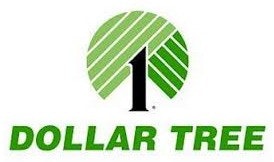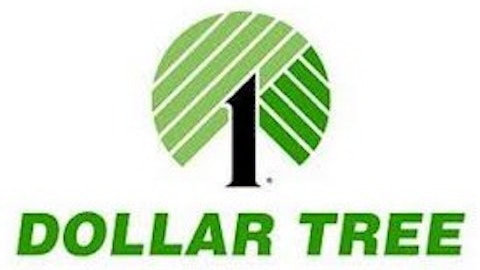Dollar stores, or low-price discount retailers, were hot stocks during the summer of 2012. Investors found their good same store sales figures and solid profitability very appealing, but some disappointing guidance has recently made the market less enthusiastic.

Though Wall Street has lost enthusiasm for these stocks, they have three key attributes that continue to make them attractive:
1. They are consistently profitable.
These companies seem to generate steady income. Family Dollar has increased its profit margin from 3.6% in 2007 to around 4.6% in 2012, and Dollar Tree boosted its margin from 4.7% to 7.8% in the same timeframe. Since going public in 2009, Dollar General has seen its profit margin climb from 2.9% to near 5.8%.
Shareholders have gained from the profits via meaningful stock buybacks. Family Dollar reduced its shares outstanding from around 143 million in 2007 to 117 million currently. Dollar Tree dropped its share count from 269 million to 230 million at the same time, and Dollar General went from 341 million shares in 2009 to a recent 330 million.
2. They have demographic advantages.
The target market for these low price retailers has expanded significantly. As more people are financially stressed, thanks to a moderate economic recovery and meager wage growth, the dollar stores will become increasingly attractive.
These companies are also developing their selection of snacks and perishable foods to further entice this customer base. By improving the range of offerings, they not only increase store foot traffic but also enhance the perception of being a one-stop shopping location. Their strategy of adding well-known name brands also improves the chance for stealing market share from larger competitors like Target and Wal-Mart.
3. They have shown an ability to expand successfully.
These firms have had a phenomenal record of store expansion. A strategy of locating relatively small sites in highly populated areas helped them increase sales at a moderate cost. Since 2007, Family Dollar has increased their store count from 6,400 to 7,566, and Dollar Tree grew from 3,200 to 4,630 stores. Dollar General has expanded to 10,371 locations from around 8,200 at its 2009 IPO.
Even though investors have been disappointed recently, dollar stores still seem to be attractive long-term retail plays. Some of the ones I follow, always looking to pick up at the right price, include:
Dollar Tree, Inc. (NASDAQ:DLTR)
Dollar Tree had sales of $7.1 billion over the past twelve months. They posted revenue of $1.7 billion and net profits of $117 million last quarter, with revenues rising 7.7% and profits growing 12.1% relative to the previous year. Same store sales, a key metric for retailers, rose 1.6% from a year earlier.
Assuming the company has annual sales around $7.6 billion and average adjusted cash earnings of $644 million, and using a multiplier between 14x and 16x, its reasonable fair value looks to be around $40 to $45 per share.




